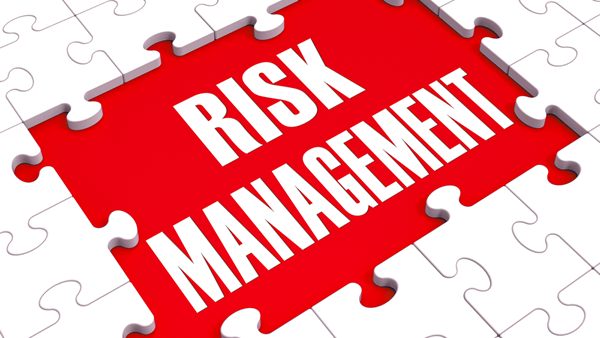ATD Blog
Gone With the Wind: Typical Notions of Risk Management
Wed Oct 09 2013

How are you reducing the risk of risk? Let’s pose the question another way: How is your strategy explicitly leveraging clarity of purpose, internal processes, and human resources to reduce and manage the risks your organization encounters now or will encounter in the future?
If the answer is “not very well” or “I don’t know,” your brand is in serious jeopardy. Gone with the wind are the days when we thought of risk management only in terms of how much insurance coverage we needed.
Defining risk
Today, we acknowledge the growth of risks in five dimensions of our businesses or agencies:
strategy
operations
capital structure
human capital
brand.
To quote Harvard Business School strategy experts Robert S. Kaplan and Dr. David P. Norton: “We must elevate the topic of risk management to a level of visibility more in alignment with the dynamic nature of the ever-changing marketplace.” Currently, risk is defined as the universe of uncertainties that affect an organization.
While we acknowledge that government is not a business, the public sector shares many of the same risks in terms of a need for clear thinking in strategy and utilization of scarce resources for taxpayers at a time when budgets are shrinking and there is increased demand for greater accountability and transparency. When you add to these risks the challenges associated with unfunded pension liabilities and the loss of institutional knowledge through attrition, the need for recruitment and retention strategies becomes abundantly clear as an important component of risk management.
So, what are you doing to address these areas? How are you questioning your answers to challenge the status quo?
According to Chip Webster, former Florida Vistage Chairman, “If you aren’t green and growing, you are ripe and rotting.” That was his way of illustrating the importance of committing to continuous personal and organizational learning and growth.
We recommend starting with an assessment of your current situation as a means for better understanding your organization’s risk profile and risk awareness levels beyond the traditional insurance areas.
Distractions from growth, daily routines, crisis management, and generally being “in” the business or agency cause drift. In the pressure of these distractions, “why we exist” may no longer be as clear. Whether we are doing the right things poorly or the wrongs things well are questions we fail to ask anymore. But these also represent real and immediate opportunities for your organization.
Enter PESTEL
Leaders and managers within any organization making an effort to manage risk might consider adding PESTEL to their tool box. Traditionally used to analyze trends in new or emerging markets, PESTEL represents six dimensions of the macro environment in which organizations operate:
Political
Economic
Social
Technological
Environmental
Legal.
This disciplined approach of using an old tool in a new way provides an excellent framework for identifying a wide range of external risks and opportunities with potentially broad implications for your organization. The application of PESTEL in this new way is consistent with the importance of elevating the visibility of risk beyond its insurance roots to a level at which it can be addressed strategically.
Moving forward
So, what’s in your toolbox that you haven’t used in a while? How are you defining and dealing with the new paradigms of risk? What other old tools can help you in positioning your firm, business or government agency to withstand the risks coming at you at an ever increasing speed?
You've Reached ATD Member-only Content
Become an ATD member to continue
Already a member?Sign In
